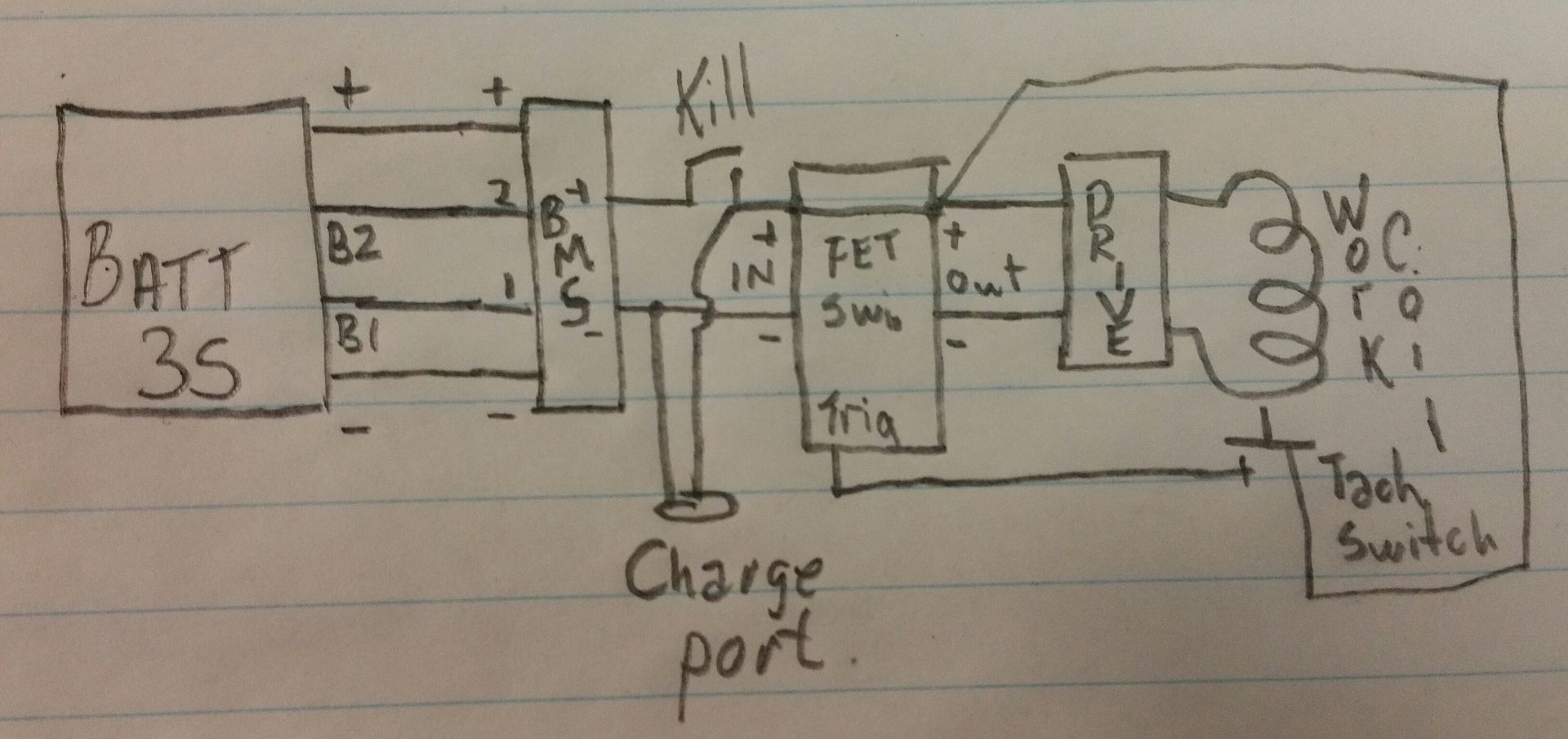Hmm, you term "high-rise" has me a little confused. Works in houses too! 
I think your talking about the transition time or rise time for the voltage to be presented. Meaning the voltage must be switched to the "on" state quickly, which is pretty much any switch will do. The voltage must also be high enough get the oscillation started between the push/pull FET oscillator. Should not be a concern for these drivers as long as you stay over a 9 volt setup.
If the board is shorted meaning the FETs are shorted, the supply will kick into protect mode right away and usually pulsates. The led on the driver board may also dimly flicker at the same rate. However, direct wiring should not have blown the FETs. Applying power without the coil securely attached or leaving it run continuously will though. Also, a bigger issue is the driver board component and assembly quality which might be the problem.
Being down that hole enough times.
Hope this helps and good luck.

I think your talking about the transition time or rise time for the voltage to be presented. Meaning the voltage must be switched to the "on" state quickly, which is pretty much any switch will do. The voltage must also be high enough get the oscillation started between the push/pull FET oscillator. Should not be a concern for these drivers as long as you stay over a 9 volt setup.
If the board is shorted meaning the FETs are shorted, the supply will kick into protect mode right away and usually pulsates. The led on the driver board may also dimly flicker at the same rate. However, direct wiring should not have blown the FETs. Applying power without the coil securely attached or leaving it run continuously will though. Also, a bigger issue is the driver board component and assembly quality which might be the problem.
Being down that hole enough times.
Hope this helps and good luck.




 12v 5A SWITCH! I was reading 12v 5A power supply! yes that would be marginal. I have a
12v 5A SWITCH! I was reading 12v 5A power supply! yes that would be marginal. I have a 

 Works fine with the SS tips from the Ms and the old Ti tip from my OG woody but the newer tip isn't doing very well.
Works fine with the SS tips from the Ms and the old Ti tip from my OG woody but the newer tip isn't doing very well.
 What on the planet am I doing wrong?? Im not braindead, but I think Im missing something here. Would a pic of my wiring help?
What on the planet am I doing wrong?? Im not braindead, but I think Im missing something here. Would a pic of my wiring help?
 My Hakko soldering station gets in on Wednesday, Ill then tear apart both drivers and use the two good mosfets (1 from each) on one board and Ill check to order some more. Off the top of your head do you happen to know what mosfets they are, or ones thatll work (will several fit the application?
My Hakko soldering station gets in on Wednesday, Ill then tear apart both drivers and use the two good mosfets (1 from each) on one board and Ill check to order some more. Off the top of your head do you happen to know what mosfets they are, or ones thatll work (will several fit the application?



